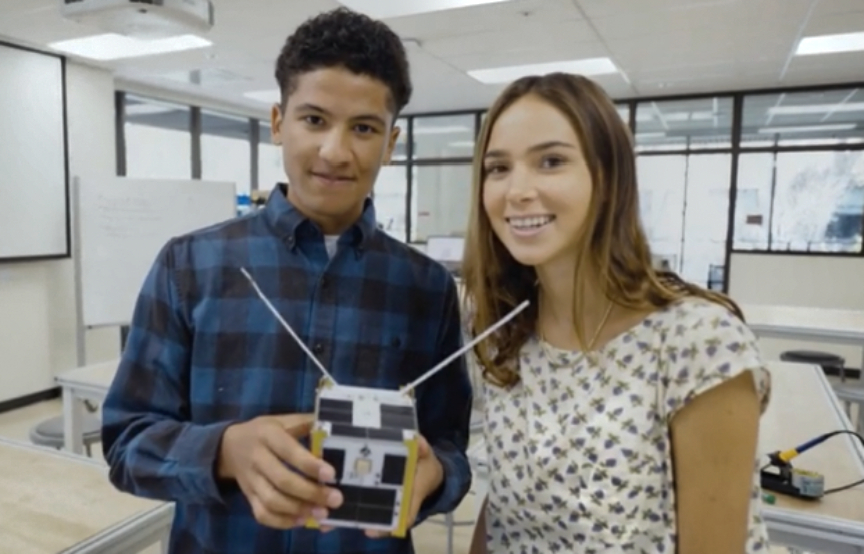
Stanford Student Space Initiative (SSI), an undergraduate student group at Stanford University, will launch the Sapling Sempervirens (Sapling-1) satellite on the SpaceX Transporter-6 mission from Cape Canaveral Space Force Station.
The launch is planned for Tuesday, January 3rd, 2023. Sapling-1 will be deployed from Launcher Space’s Launcher Orbiter vehicle approximately one week after the launch. SpaceX will host a livestream of the launch at this direct link.

The successful launch and operation of Sapling will mark the start of open source, scientific satellite missions designed and built by undergraduate students at Stanford. Such missions will seek to advance humanity’s understanding of Earth and our place in the universe while expanding space’s accessibility for those without significant experience and financial resources.
The Sapling spacecraft’s specific mission is to demonstrate autonomous cloud filtering and smart downlinking of images using a Google Coral payload camera and Google Coral Edge TPU coprocessor. The satellite, which uses silicon solar cells, employs this highly efficient computing platform for performance without relying on higher priced GaAS cells.
The Sapling project leverages the novel opportunities available in space today. Recent rapid growth in the private space sector has generated accessible launch pricing and reliable launch opportunities, including the SpaceX rideshare mission series. SSI students have developed satellite manufacturing processes achievable in a collegiate lab setting.

Sapling makes use of the novel PyCubed SmallSat framework; as a result, the satellite is completely programmable in CircuitPython. All project files are open-source and published through GitHub. With these resources, mission-driven students can develop space-based capabilities, handle flight hardware, and take engineering skills from the classroom into orbit.
Sapling Sempervirens takes its name from sequoia sempervirens, or the coast redwood, a nod to Stanford’s mascot, the Tree. SSI’s next satellite is named for sequoiadendron giganteum, the giant sequoia, and will launch on the SpaceX Transporter 7 mission no earlier than April of 2023.
